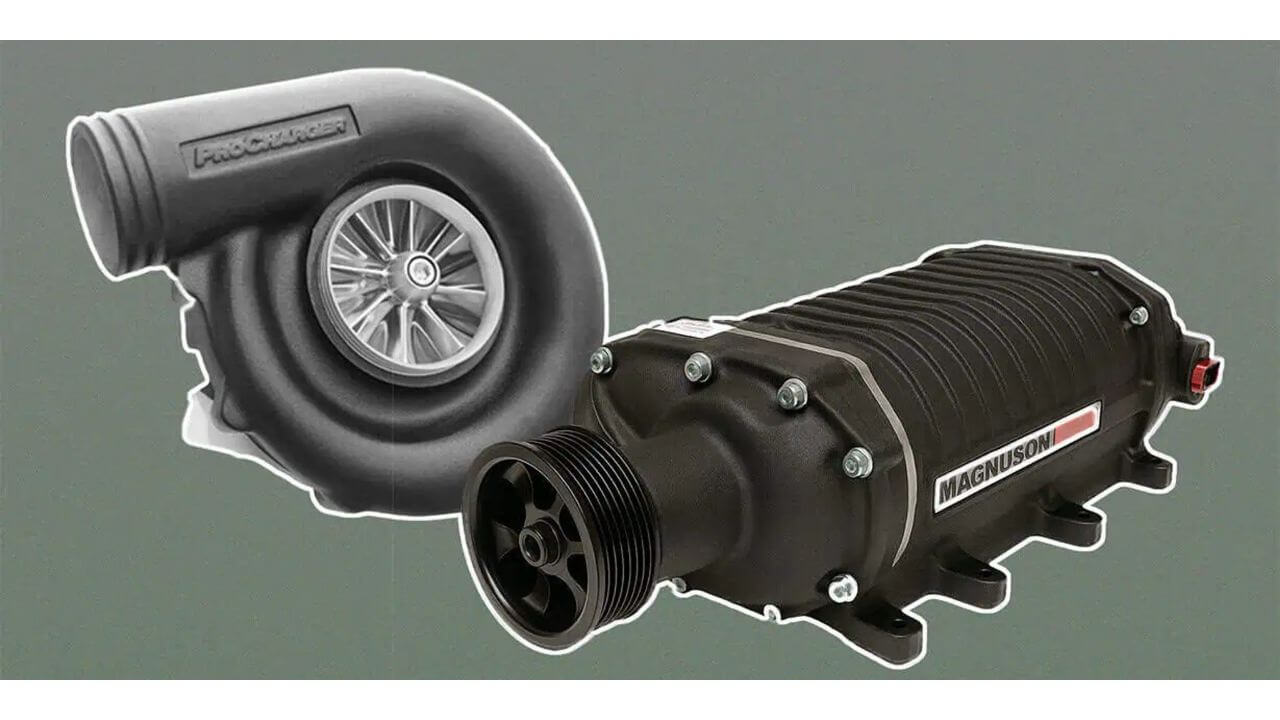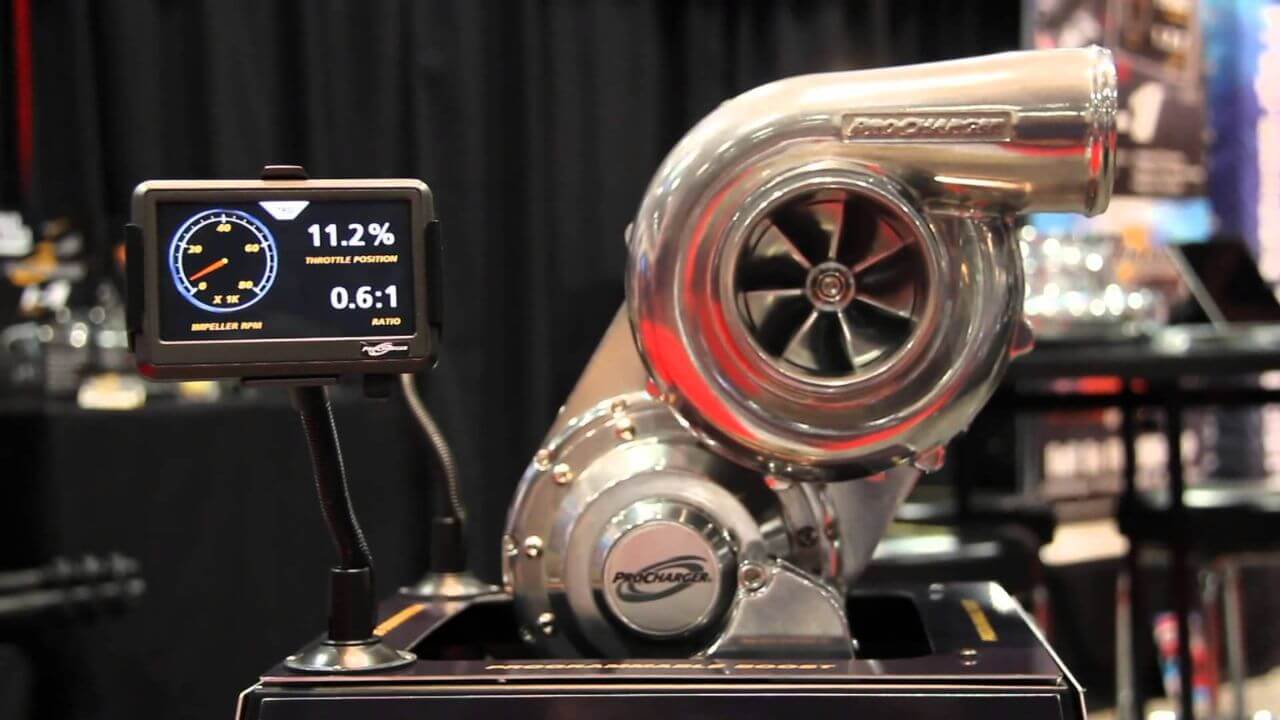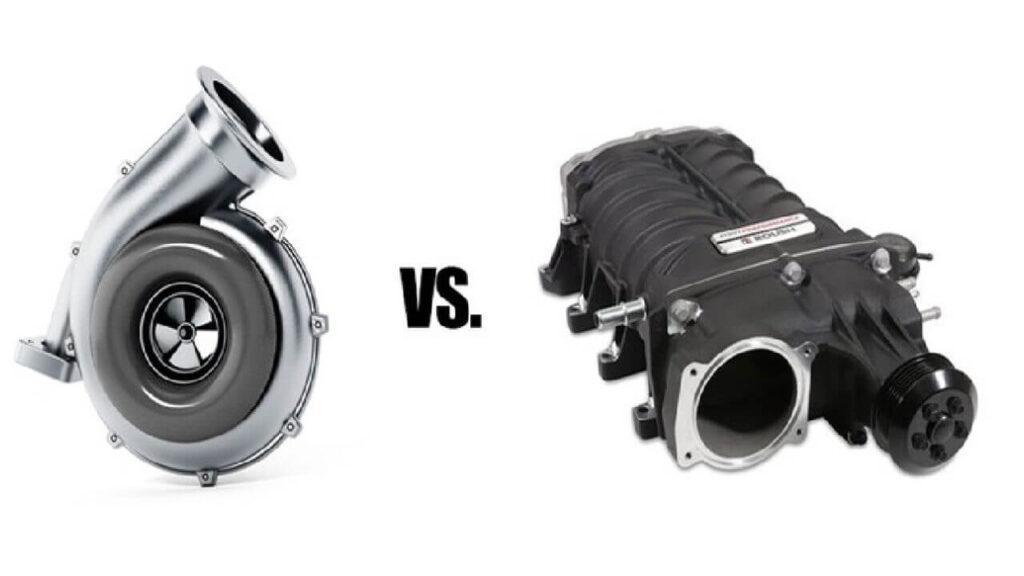Explore the key differences between procharger vs supercharger in this comprehensive guide. Understand their performance, maintenance, cost, and best applications to choose the ideal forced induction system for your vehicle. Make an informed decision with expert insights and detailed comparison.
When it comes to enhancing engine performance, enthusiasts and professionals find themselves caught in the debate: procharger vs supercharger. Both devices are intended to boost engine power by forcing more air into the combustion chamber – but they accomplish it in different ways, and deliver power in different ways as well. Whether tuning a street car, a race rig or an off-road vehicle, understanding these differences can help make better decisions based on performance goals, maintenance preferences and driving style.
The Search for More Power

What Is a Procharger? Technology and Operation

The design is more suited to steady, progressive power delivery than sudden bursts of power which can be advantageous for drivers looking for controllable and predictable increases in power. Additionally, prochargers don’t usually generate as much heat as other forced induction systems, maintaining engine reliability and efficiency over time.
What Is a Supercharger? Mechanisms of and Power Delivery

This direct link to the engine’s crankshaft means superchargers have immediate throttle response and quick acceleration. However, this has the side effect of further parasitic power loss when the engine is forced to steal some power to drive the supercharger itself. Despite this, the high responsiveness and great low-end torque make superchargers very popular in situations where you need immediate power like drag racing or driving aggressively on the streets.
Performance Differences: Power and Driving Experience
When looking at procharger vs supercharger performance, the most significant difference is how and when power comes onboard. Prochargers provide a smooth continuous boost which builds power as the engine rpm increases. This consistency is welcomed for the way it is easily delivered and is valued in high-speed racing situations where sustained power is required without sudden spikes in power.
Superchargers are, however, excellent for instant throttle response and immediate peak power. This advantage
means very good low speed torque and good off-the-line acceleration – an essential attribute for off-road vehicles or for vehicles that must be highly responsive in urban driving situations. But this power can come in bursts, resulting in a less linear driving feel that might be unsuitable for all types of driving.
According to Dr. Bharat Balasubramanian, a recognised expert in automotive powertrain engineering,”The selection of a procharger or supercharger depends on the balance between power immediacy and efficiency.” Prochargers get a fine, high revving performance, whereas superchargers are at the bottom of the torque range, affecting drivability and servicing needs”.
Maintenance and Reliability: The Long-Term Thoughts
From a maintenance perspective, prochargers usually don’t need to be replaced with oil as often and don’t put as much strain on the engine because of their self-lubricated design. Their internal cooling systems also help to mitigate thermal stress that usually pulls forced induction devices to their limits. This contributes to increased longevity and reduced running costs, a factor of prime importance to enthusiasts and professional tuners who choose engine reliability for long use.
On the other hand, superchargers (roots and twin screw types in particular) are more likely to place increased stress on the powertrain. They often use the engine oil of the vehicle and so there is an added need to vigilantly monitor the oil levels and change more often to prevent wear and possible engine damage. Moreover, because superchargers generate more heat, good intercooling becomes necessary in order to prevent detonation and maintain consistent performance.
Therefore, the efficient, self-contained systems of the procharger are capable of providing excellent long-term reliability, especially for high-RPM driven vehicles.
Budget and Installation: Cost and Feasibility
In terms of installation, prochargers are usually more compact and light, thus being able to be mounted on the front of the engine without the need for major modifications. This can help to reduce the cost of labor and installation complexities. However, prochargers are often more costly initially because of high levels of engineering and other components, such as internal gearboxes and cooling mechanisms.
Superchargers, while sometimes more affordable upfront, may necessitate expensive modification of fuel delivery, ignition timing, and engine interiors to handle the stress and power increases. Their larger size and placement may also make installation difficult, particularly on vehicles not originally designed for forced induction.
Deciding between the two is often a balance of budget versus desired performance versus ease of integration with the vehicle’s existing engine bay.
Applications and Suitability: Charger to Use case Matching
Understanding the strengths of any system helps match decisions to the desired use of the vehicle. Prochargers excel in high revving and sustained power situations such as track applications and highway performance applications. Their smooth power delivery and cooling efficiency are suitable for engines being pushed to maximum speed for a long time.
Superchargers are more suited to applications that require immediate power at low to mid-range RPMs. This includes off-roading, drag racing, and aggressive driving on the streets where the responsiveness of the throttle and peak torque at launch is paramount.
Major original equipment manufacturers (OEMs) tend to use roots or twin-screw superchargers in factory performance models based on their wide power bands and ease of integration, while aftermarket aficionados can opt for prochargers for more specialized high RPM performance tuning.
Expert Insight
Sandy Munro, a renowned automotive analyst, calls out the changing role of forced induction technologies: “While superchargers have traditionally dominated the scene with their immediate power punch, technologies like the procharger are pushing the envelope in terms of efficiency and sustainability, allowing for better engine health and performance longevity.” Choosing the Right System “It is a matter of understanding your vehicle’s demands and your driving style”.
Results: Making the Right Decision in Procharger vs Supercharger
The procharger vs supercharger question comes down to individual priorities. If smooth, predictable power with lower maintenance and thermal management are a priority, a procharger is a great option. It’s designed for those who are pursuing steady high RPM performance with refined control.
On the other hand, for those who prefer instant throttle response, superior low-end torque, and aggressive acceleration, superchargers, particularly positive displacement types, cannot be beat for their superior performance even though they have a higher maintenance requirement.
Both systems provide great benefits to engine power and offer exciting driving experiences. By thoroughly understanding their mechanical differences, performance characteristics, maintenance implications, and intended applications, consumers as well as professionals can make decisions that are best suited for their vehicles and performance goals.
In the ever-evolving world of vehicle performance, the argument of a procharger vs supercharger isn’t so much one is universally the best, but more which fits one’s specific needs as a driver and which appeals more to one’s engineering sensibilities.

